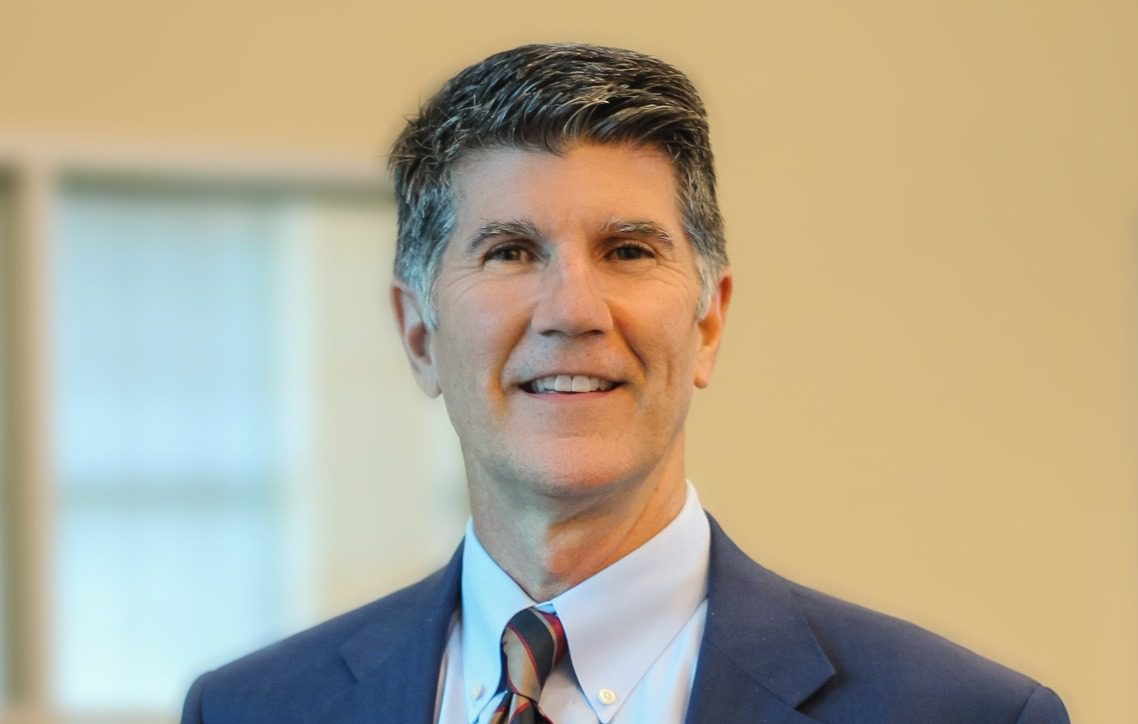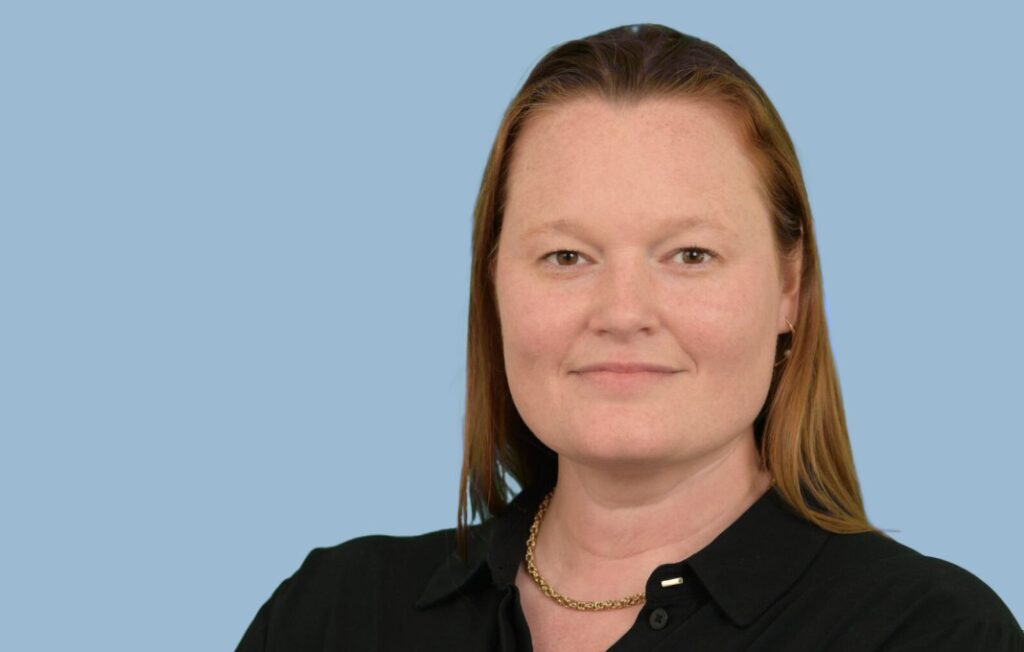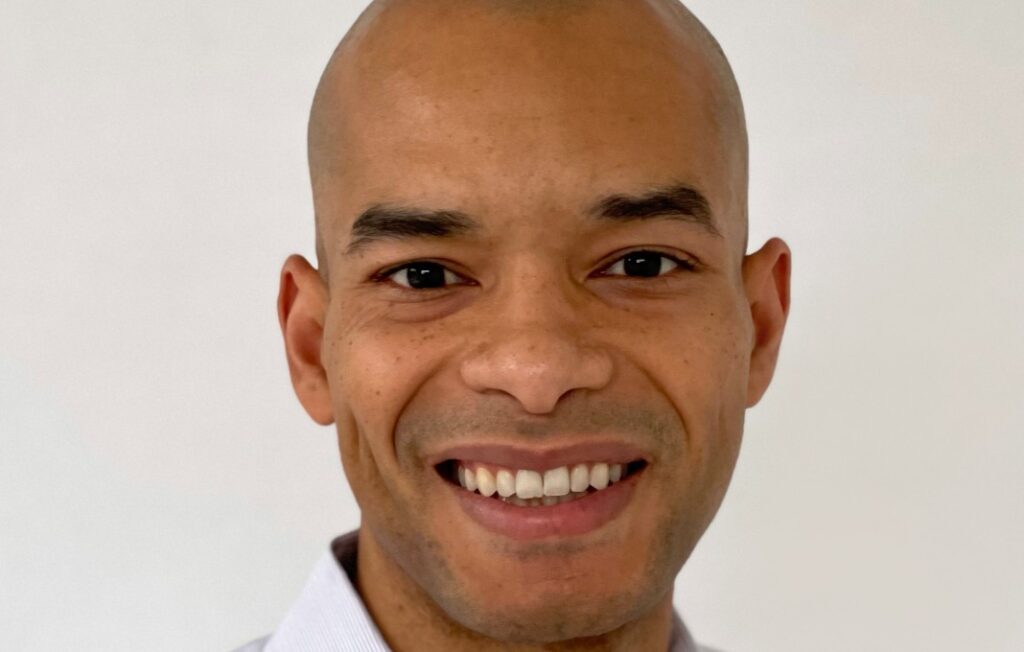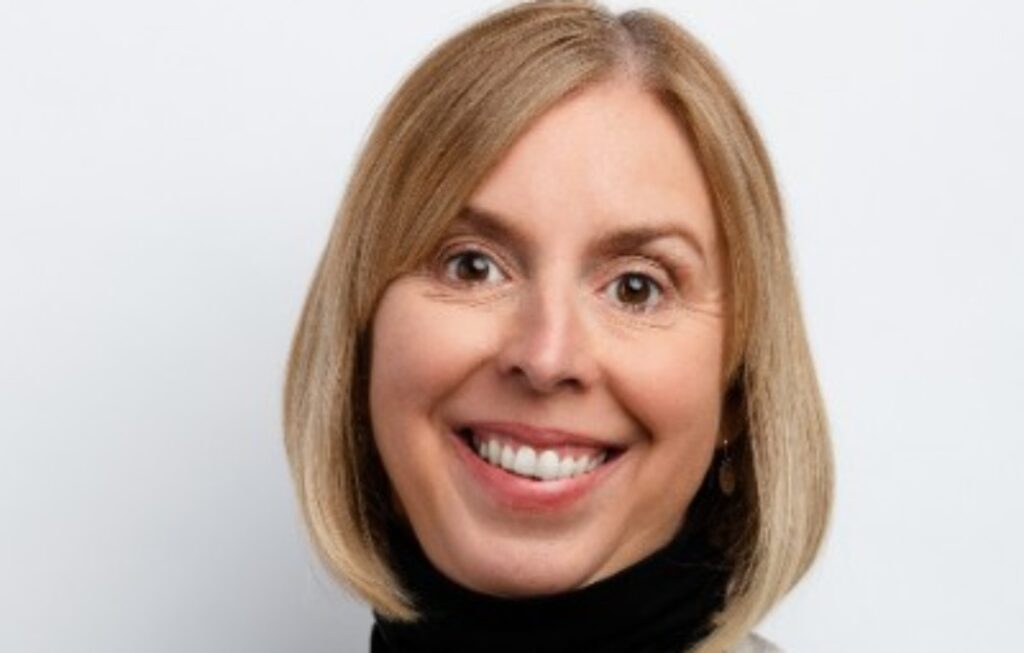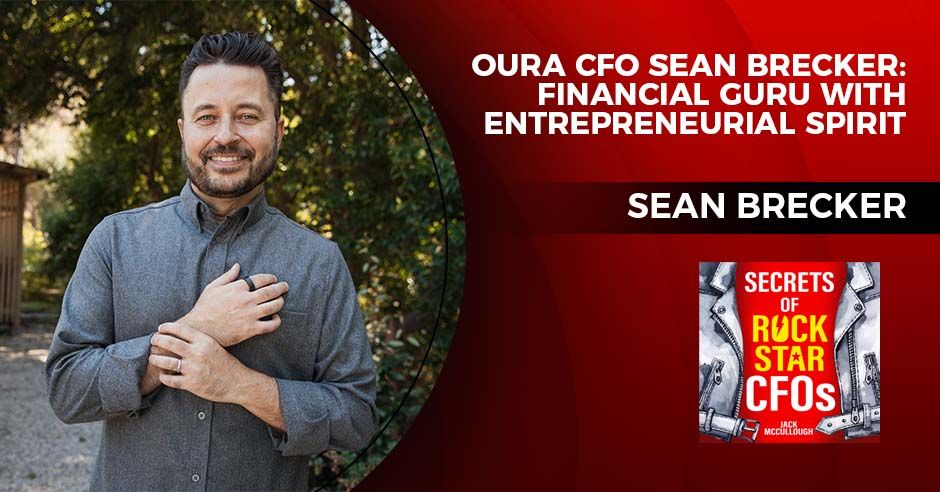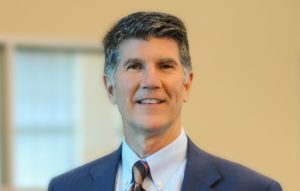
Drew Keith, CFO of Dallas-based Texas Security Bank, was surprised to find some of the most helpful management methods he has leaned on over the past year trace back to football coaching skills he learned from his father, who worked with teams at Texas A&M and Alabama, among others.
“I’d say one of the best tools through this whole thing has been empathy and understanding because the pandemic created such a wide range of emotions among people and you didn’t really know how certain people were going to feel about it,” Keith said.
Now, as Keith is starting conversations with employees, the board and senior management about what kind of office space the bank will need in the future and how selling real estate could free up capital, he is keeping those lessons in mind. Keith talked with StrategicCFO360 about preserving flexibility, assessing risk after the pandemic and techniques for managing remote teams.
How has the pandemic changed your day-to-day work and what are some of the biggest differences for you as CFO over the last year?
As you might guess, it’s huge. Because we had a focus on technology we had already moved to where virtually all our loan officers and all our credit analysts operate with a tablet-type computer to cut down on paper and to speed things up through the approval process, through our loan underwriting and through all of our banking. So when the pandemic hit, we did have a head start. By the end of March, we had 80% of our workforce working from home. We literally could do all our Federal Reserve transactions. We could do any kinds of wires that we needed to do, any kind of electronic banking. We are going through the process with all our senior management to look at what our real needs are from a real estate office standpoint going forward. It will not be the same when we get to true post-pandemic.
How do you go about assessing what kind of office space you need when it’s hard to predict the future?
We have two owned buildings and one leased building and the pressure that is going to come is that one of our two owned properties ties up capital. We’re going to evaluate that piece of property from a capital standpoint, anticipating that we can probably replace our office needs with lease office or lease location at such an attractive rate coming out of the pandemic. There’s no reason to keep that capital tied up. And this is the other thing the pandemic has exacerbated. It absolutely showed everybody in the world that a commercial bank can operate without having to have very much physical presence at all. You were probably familiar with back in February we call it the February Valentine’s day massacre, the snow Armageddon in Texas and the ice and all that. It was a terrible situation, but because of how things had been equipped because of the pandemic, we operated everything for four out of those five days with nobody in-house, me included. What that shows you is that you really don’t need much office space in today’s world. We’ve proved it under fire. So we’re going to approach it from a granular standpoint: who really needs an office, who really doesn’t and who really needs an office part time.
How does this change how you regard risk and what are some of the takeaways for how to think about risk going forward?
Clearly it shifts it, it changes it. The thing about the risk aspect to me is the unknown risk: what’s really going to happen with retail and how will retail bounce back? I doubt it’ll bounce back fully. In our world, there’s some pretty good unknowns with respect to any kind of retail, meaning if it was a shop—a small shopping center or something like that it’s going to really affect if we have any office buildings, if they’re not owner-occupied office buildings, then when you look at those, how much of their tenants are either suffering and not going to be able to pay rent, or how many are not going to renew? They may be growing as a company, but may renew only 50% of their office space. So the risk changes, because we don’t have a good lens on what the long-term impact is on some of those fundamental businesses.
You mentioned managing a workforce with 80% in your case, working remotely, how has that changed the day-to-day work of supervising? And what techniques have worked effectively for you?
We have departmental meetings every Monday and we have a leadership meeting on Wednesday morning. We do it by Zoom now, but we used to do it all in person. The point is we have very clear accountability charts. We have very clear workflow. We’re communicating often, but everybody has individual goals, which we call rocks, for the quarter. That means you’ve got to get the rock done and then everything else kind of settles in around the big rock. Also what is created out of those meetings are to do’s for the week. So that really helped us a lot with going remote. And we had so much new stuff going on that it was pretty easy to discern whether the work was getting done or not. You’ve always got a deadline and the deadline is the deadline. Now we’re at a phase, if you want to call it maybe an adolescent or a maturing phase, where we do have the capability to ascertain how long somebody has been logged in on their computer. We haven’t utilized it. But I am now having discussions about the potential of utilizing that as part of the overall program, if we go to more and more people working from home. Because there are a number of positions in our employee base that could literally work remote full-time.
Are you finding this is a topic some people have mixed feelings about and are you starting to have those conversations with employees?
As far as working remotely the subject has been a little more delicate than I had anticipated. I’ve had conversations with people that have had some respectful, but gentle pushback. And I’ve had some conversations where I’ve said, “Well, no, as a senior vice president, you need to be accessible and you’re more accessible at the office.” I was even having a conversation with one of my direct reports about a meeting and I said, “I just want to make you aware that I’ve got it down that you’ll have an office in the building most of the time.” She’s one that can work remotely pretty successfully, and she said, “That’d be a hard transition for me.” But what you lose is the ability to have a quick conversation or collaborate for a minute if something’s going on.
What strategies or techniques have you found to be most effective in managing during this challenging time and what do you plan to hang on to moving out of it?
To be flexible with the work environment and the capabilities, but mostly, be flexible with your employees. One of the things that I remember from my dad, which I think applies here is, be gentle but firm. We had to keep our eye on the ball. We had to keep focused on being able to deliver our products. We had to be the rock of Gibraltar for our customers. I mean, our customers needed to know that we were there and we were operating. We had to make their life easier because everything else in their life was hard. And that was the approach we took. And then internally, in order to be able to deliver for our customers, we had to be patient, gentle and understanding with all of our colleagues.


